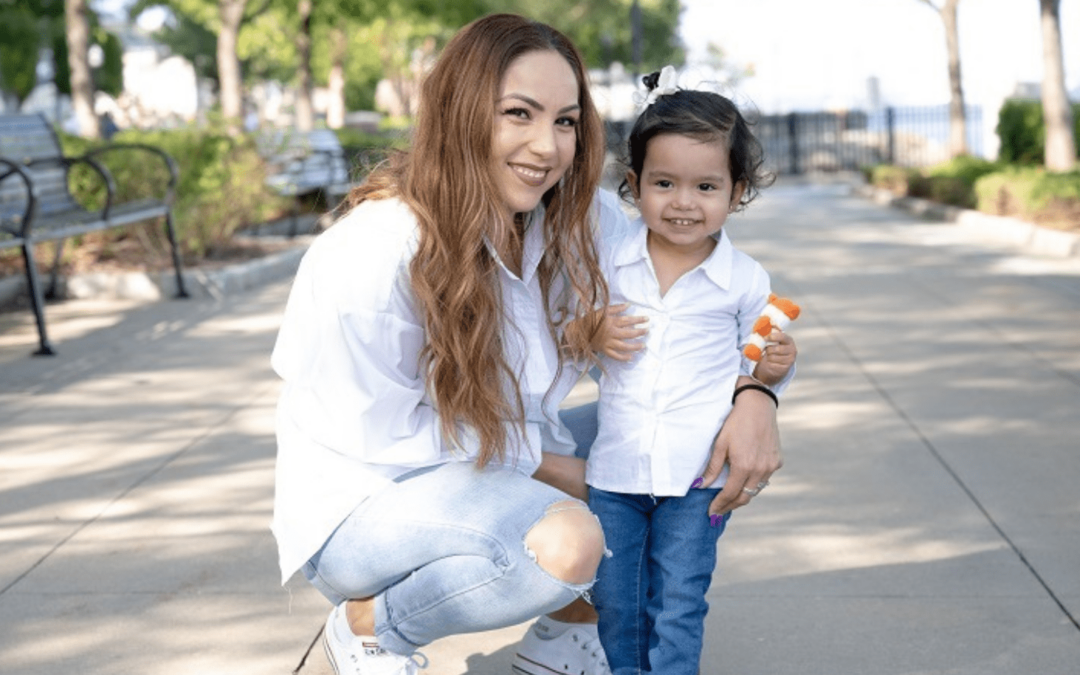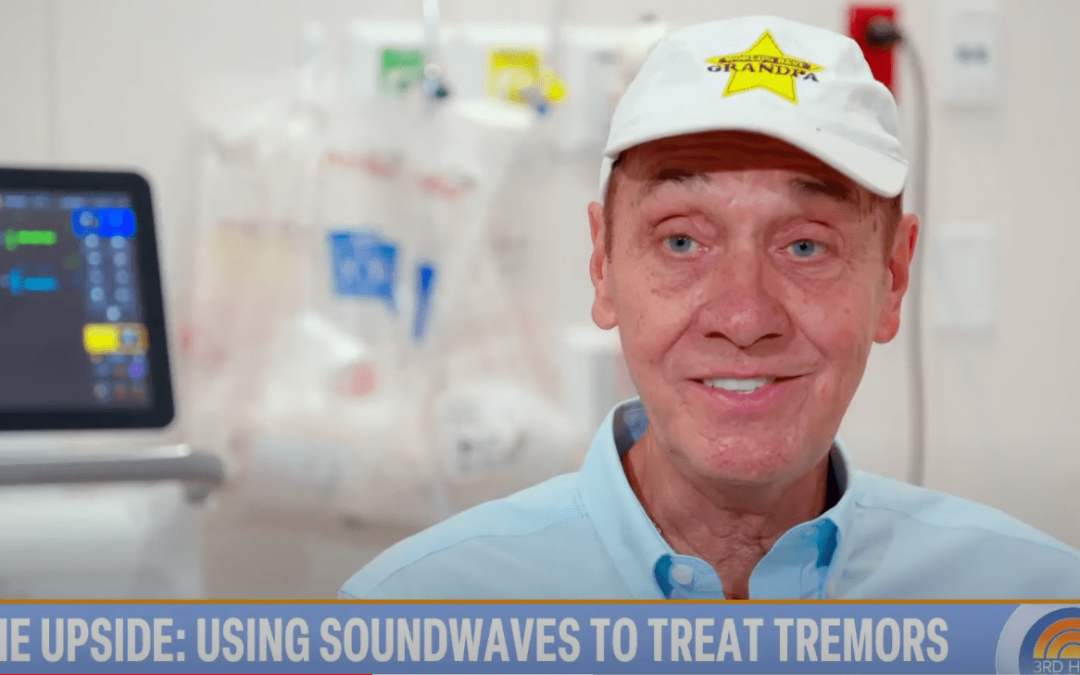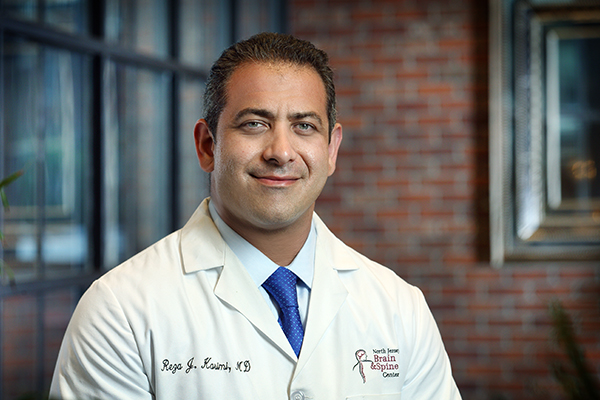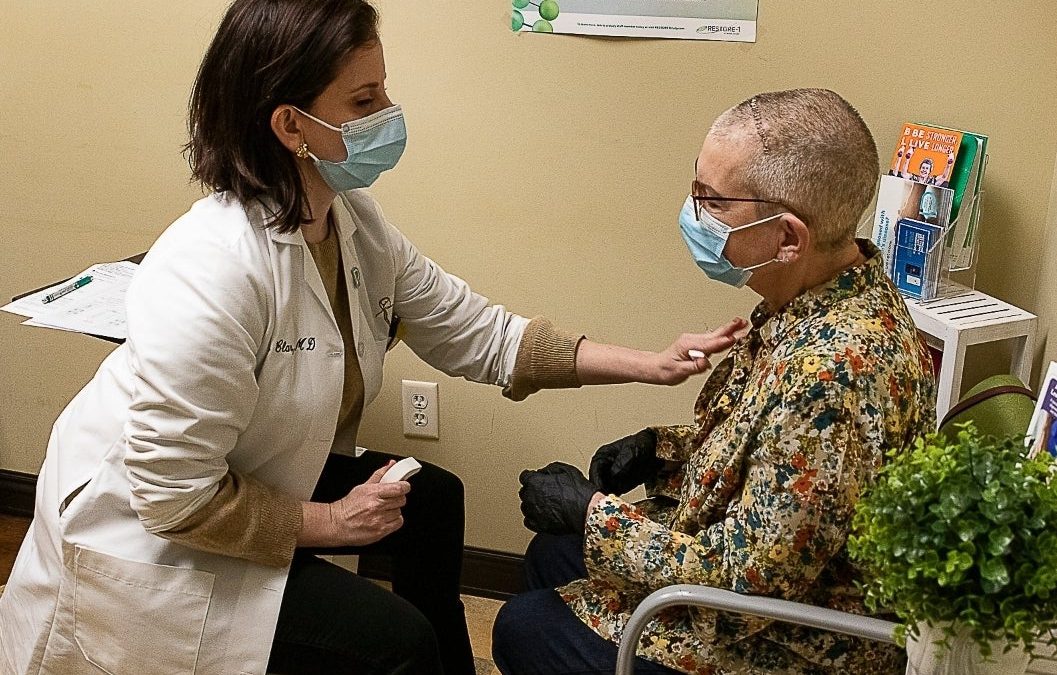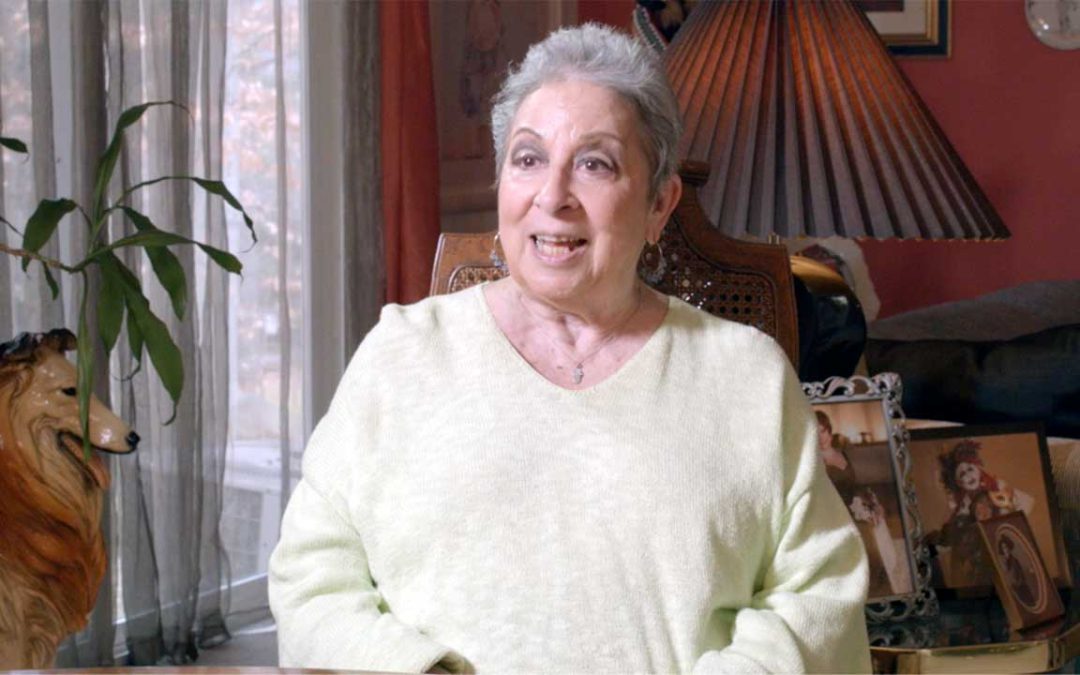What is a Percutaneous Trigeminal Rhizotomy?
These operations involve the radiographically guided placement of a needle through the skin of the cheek to the foramen ovale – the canal transmitting the trigeminal nerve and the location of the gasserian ganglion at the base of the skull (Figure 1). The technique was advanced in the early twentieth century and serves as a conduit allowing for targeted, partial injury of the nerve thereby deadening the transmission of pain. This conduit allows for either a chemical (glycerol rhizotomy), mechanical (balloon rhizotomy) or thermal (radiofrequency rhizotomy) injury depending on the preference of the operating surgeon.
These procedures share certain risks and limitations including the possibility of recurrent pain, numbness of the cornea and eye, and injury to surrounding structures due to poor needle placement. Additionally, although the surgery may be effectively repeated, paradoxical worsening of symptoms may result despite persistent numbness i.e. anesthesia dolorosa.
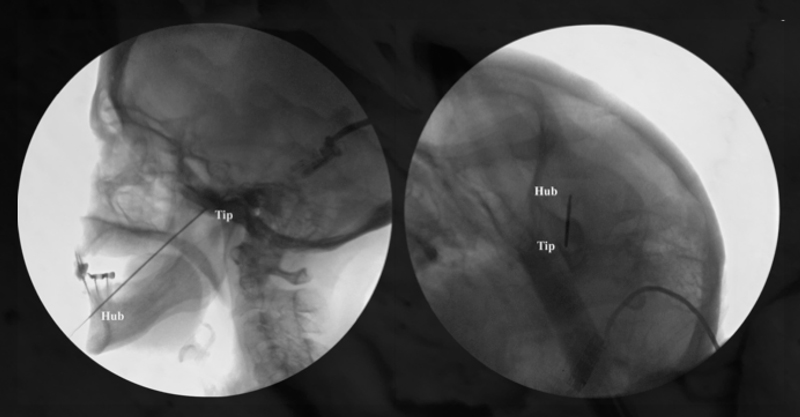
Figure 1
Intra-operative x-rays showing the position of needle in preparation for percutaneous glycerol rhizotomy
